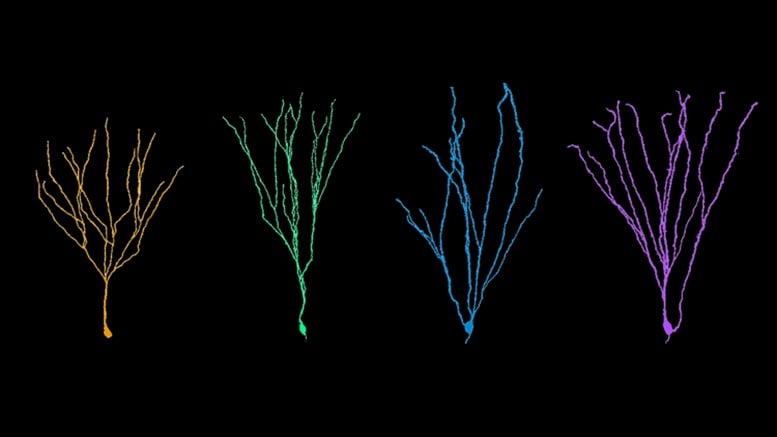
Reconstructions of adult-born neurons. Left to right: age 2 weeks, 4 weeks, 6 weeks, and 24 weeks. Adult-born neurons continue to undergo significant morphological modifications beyond previously described developmental timelines. They remain distinct from their developmentally-born counterparts. Credit: Cole, Espinueva et al., JNeurosci 2020
Neurons created via neurogenesis mature longer, grow larger, and may have unique functions.
Adult-born neurons keep growing and contributing to brain flexibility long after neurogenesis declines, according to research in rats published in JNeurosci.
The dentate gyrus, a brain region involved in distinguishing memories, creates new neurons during adulthood — that much is clear. What remains unclear is how long adult neurogenesis takes place and how many neurons it creates. However, humans may not need neurogenesis to persist for the entirety of adulthood, because the brain gets the same memory benefits from neurons that are still growing up.
Cole, Espinueva et al. tracked neurogenesis by injecting rats’ dentate gyri with a retrovirus that incorporates itself into the DNA of dividing cells, making all the neurons born on injection day glow. Just like neurons born in infancy, adult-born neurons went through a standard six-week development period. But at the seven-week mark, growth markers like thicker dendrites reappeared, indicating an upcoming stage of growth.
And the neurons did keep growing. Twenty-four weeks after their birth, the adult-born neurons were much bigger than infancy-born neurons, with more dendrites and potential synapses and larger synaptic terminals. This beefed-up anatomy suggests a different, perhaps more powerful function than neurons born during infancy. Since adult-born neurons slowly mature over a long period of time, they keep contributing toward plasticity.
Reference: “Adult-Born Hippocampal Neurons Undergo Extended Development and Are Morphologically Distinct From Neonatally-Born Neurons” by , 22 June 2020, JNeurosci.
DOI: 10.1523/JNEUROSCI.1665-19.2020

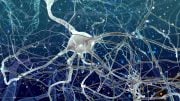
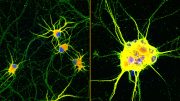
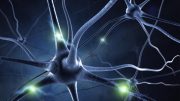
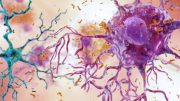
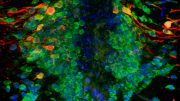
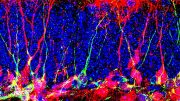
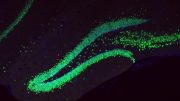
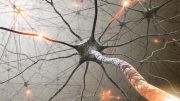
Be the first to comment on "Adult-Born Neurons Grow More Than Their Counterparts From Infancy – May Even Have Unique Functions"